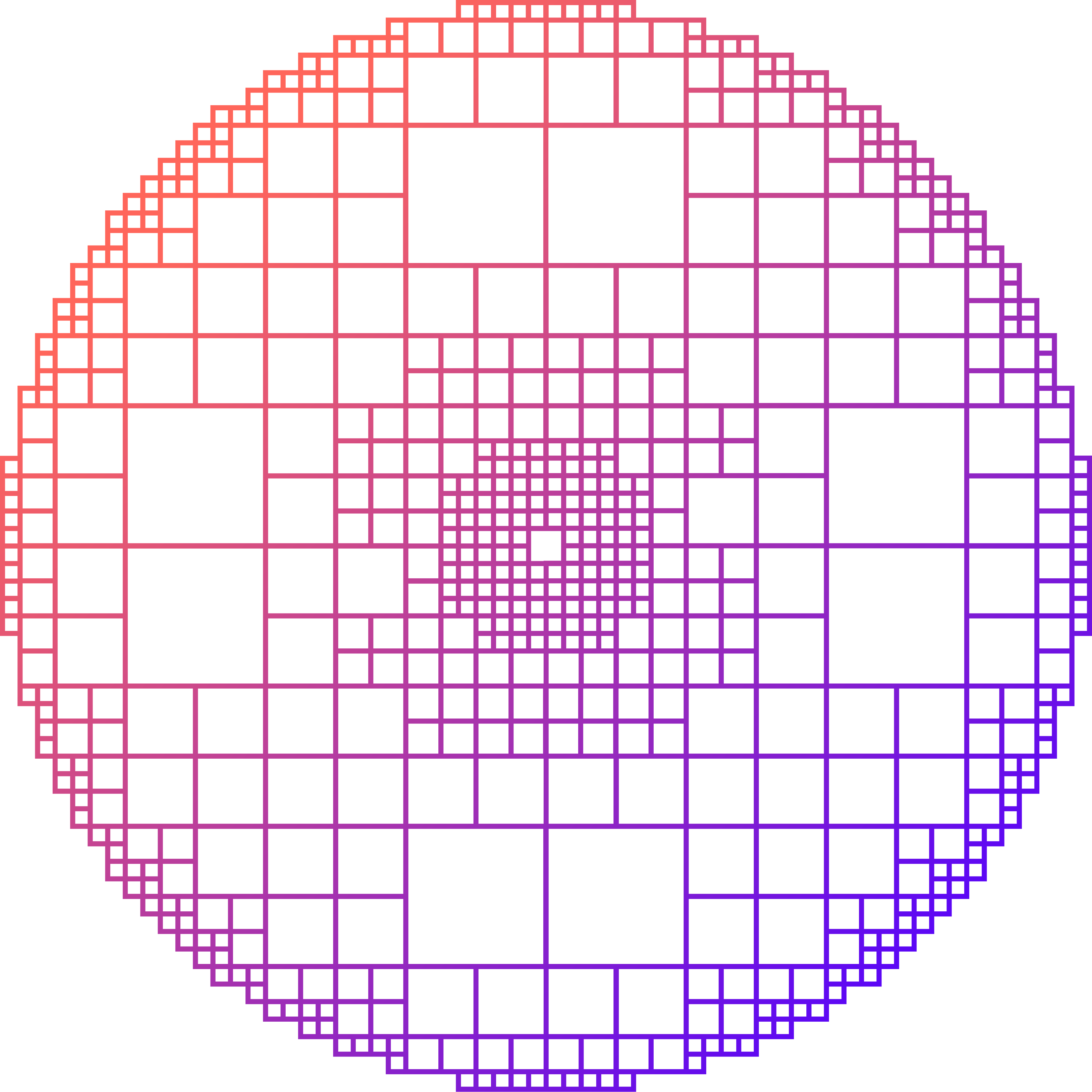Adaptive Inference
AI Infrastructure
Large Language Models
Foundation models
AI models
LLMs
Generative AI
Open Source LLMs
By Anjin Stewart-Funai
Jan 21, 2025
Today, kluster.ai is proud to announce we are hosting DeepSeek-R1 – a new AI model that acts like a collaborative partner, not just a tool. Unlike other LLMs that leave you guessing how they reached a conclusion, DeepSeek-R1 walks you through its reasoning, step by step. With performance in benchmarks competitive with o1, DeepSeek-R1 combines cutting-edge reasoning with full transparency – making it ideal for teams who value clarity as much as results, especially in technical, financial, or compliance-driven tasks.
Privacy, cost, and performance: The DeepSeek-R1 + kluster.ai advantage
Your data, never ours
When you use DeepSeek-R1 on kluster.ai, your data remains private, as we don’t store your inputs and outputs for real-time inference. From sensitive financial models to internal troubleshooting, gain insights with zero security risk.
Up to 95% cheaper than o1 - with comparable power
DeepSeek-R1 delivers performance on par with o1, but at a fraction of the cost when run on kluster.ai. Scale workflows affordably, without sacrificing quality or clarity.
How DeepSeek-R1 works (without the black box)
Let’s say your team is troubleshooting a recurring server error and provides a typical LLM with logs, source code and user analytics. The inference response might just say something vague as: “Check the authentication module.”
DeepSeek-R1 goes further:
“I found 3 similar errors in the logs tied to JWT token validation (see ‘auth_service.js, lines 142-158’). These spiked after your v2.8 deployment. The new rate-limiting middleware might be conflicting with legacy token headers. Recommendation: Test with verifyTokenV2() instead of verifyTokenLegacy().”
Here’s what’s happening under the hood:
Structured reasoning framework: DeepSeek-R1 breaks problems into sequential steps using chain-of-thought prompting. Even with the same input prompt as other models, it:
Identifies causal relationships (e.g., “Error spikes align with v2.8 deployment”) instead of surface-level correlations
Generates competing hypotheses (e.g., token validation vs. middleware conflicts) and prioritizes them based on your system’s context
Transparency-through-design: Unlike tools that treat your data as a "blob," DeepSeek-R1:
Tags specific evidence (files, logs, timestamps) used at each reasoning stage
Explains why alternatives were rejected (e.g., “Legacy token headers conflict with new middleware”)
Confidence calibration: DeepSeek-R1 matches o1’s accuracy by:
Running self-consistency checks (re-validating conclusions with adjusted parameters)
Weighting evidence quality (e.g., prioritizing recent logs over outdated docs)
Who needs DeepSeek-R1?
DeepSeek-R1 is built for teams who want to move beyond opaque AI outputs and embrace transparency. Whether it’s technical writers untangling complex system documentation by connecting manuals, APIs, and error logs, legal and compliance teams auditing contracts or regulatory filings with traceable reasoning, or operations leaders optimizing workflows where understanding the “why” behind decisions is critical, DeepSeek-R1 bridges the gap between automation and accountability.
DeepSeek-R1 vs. other popular LLMs

Start exploring today
Getting started with explainable AI is simple. New users receive $5 in free credits on the kluster.ai platform – no commitments or hidden fees. Whether you’re untangling technical docs or streamlining contract reviews, DeepSeek-R1 helps you work faster and smarter.

